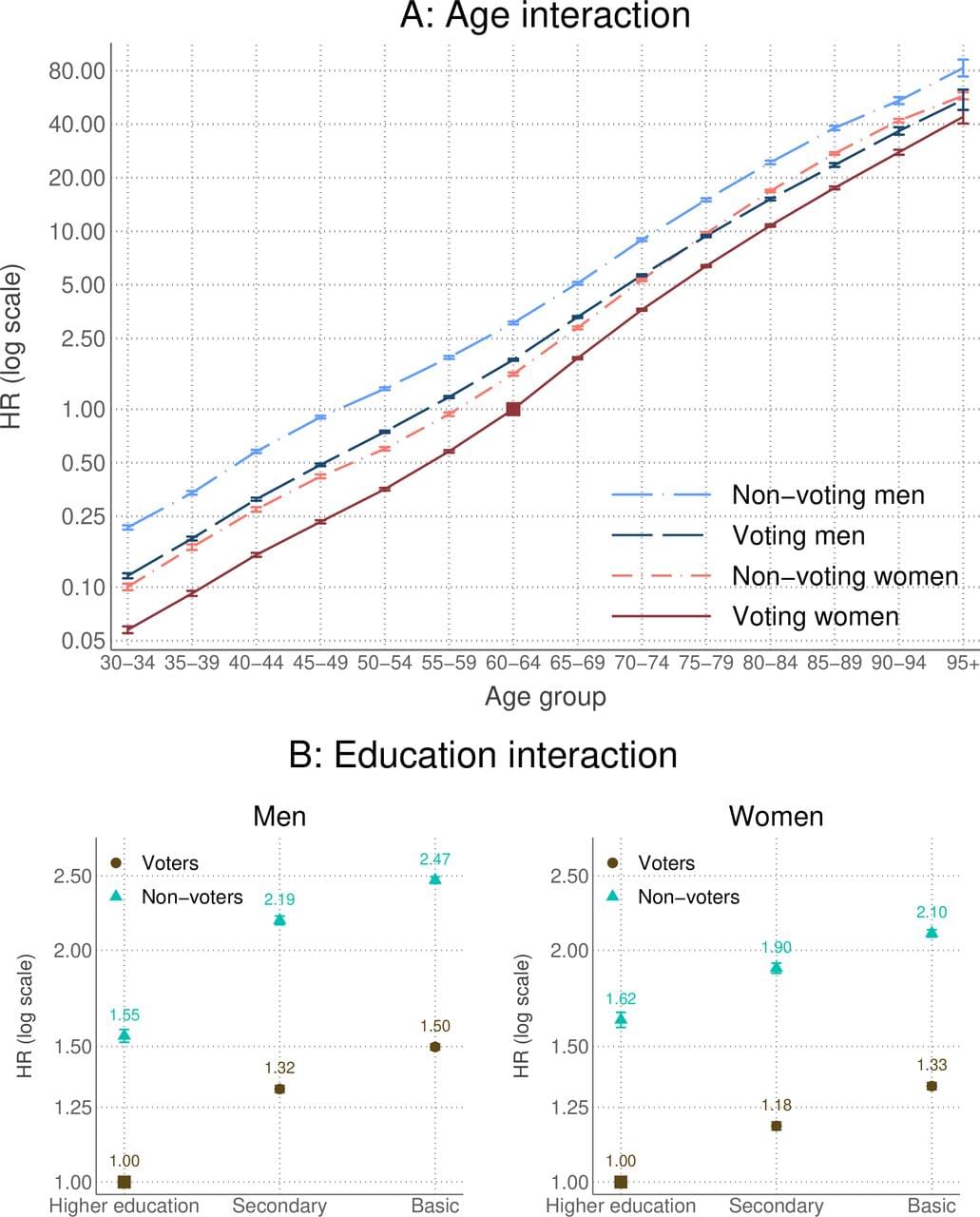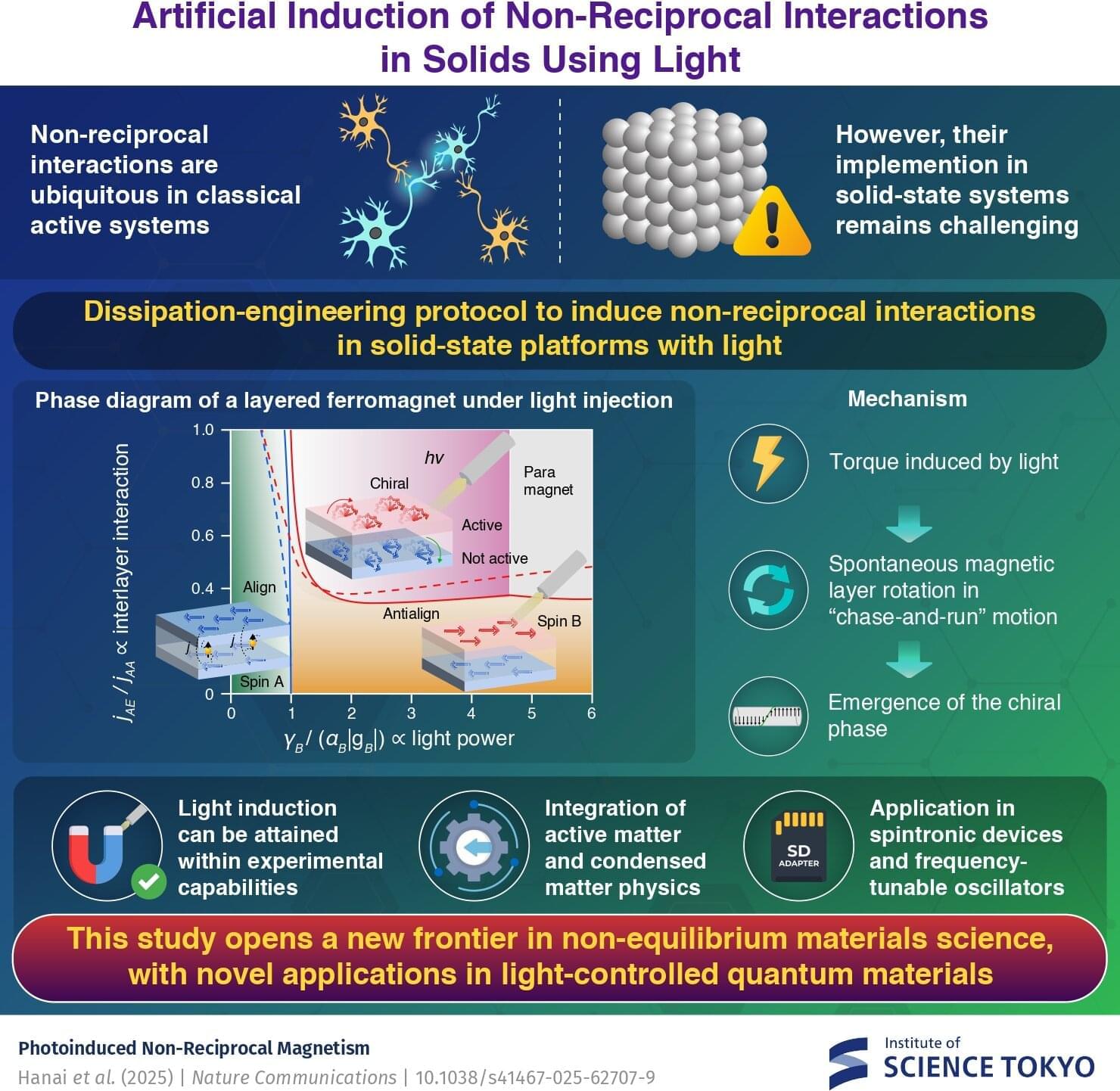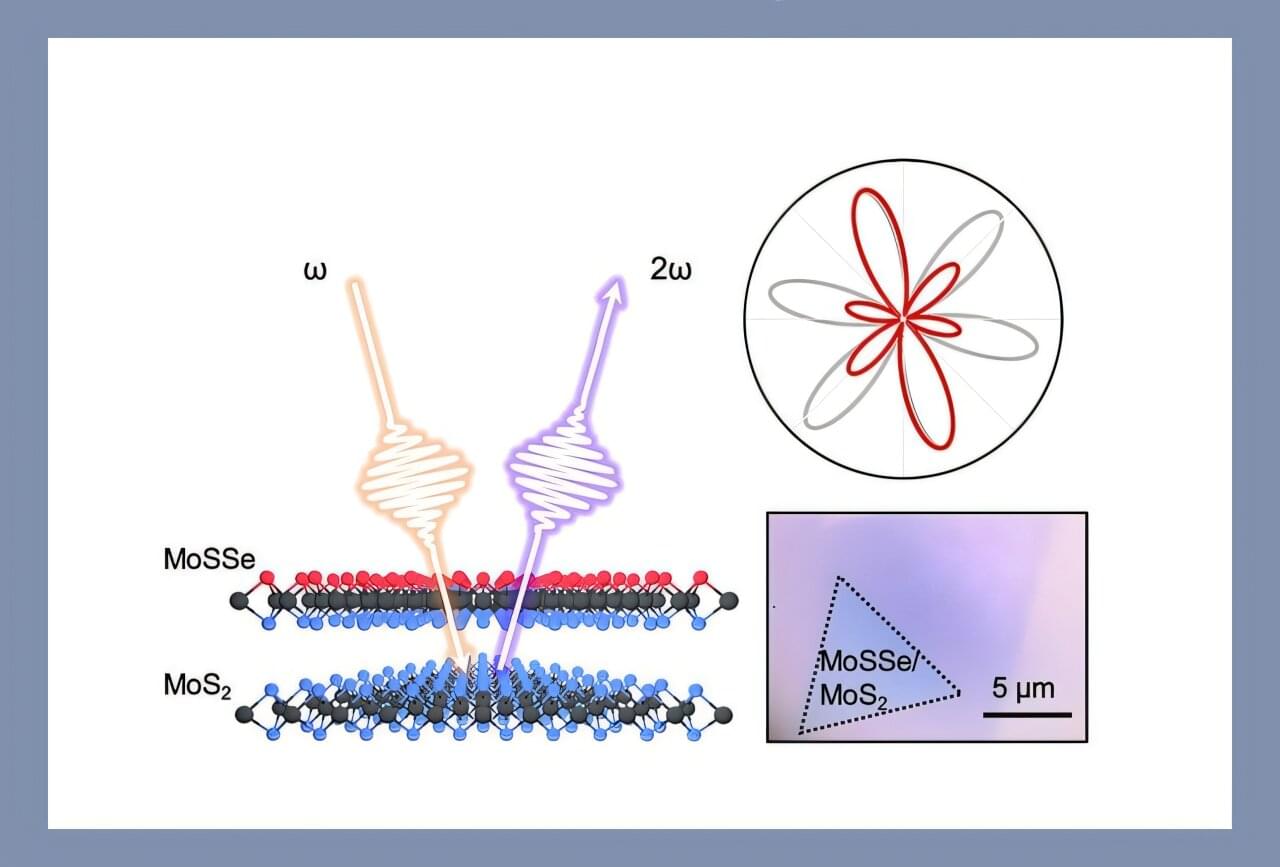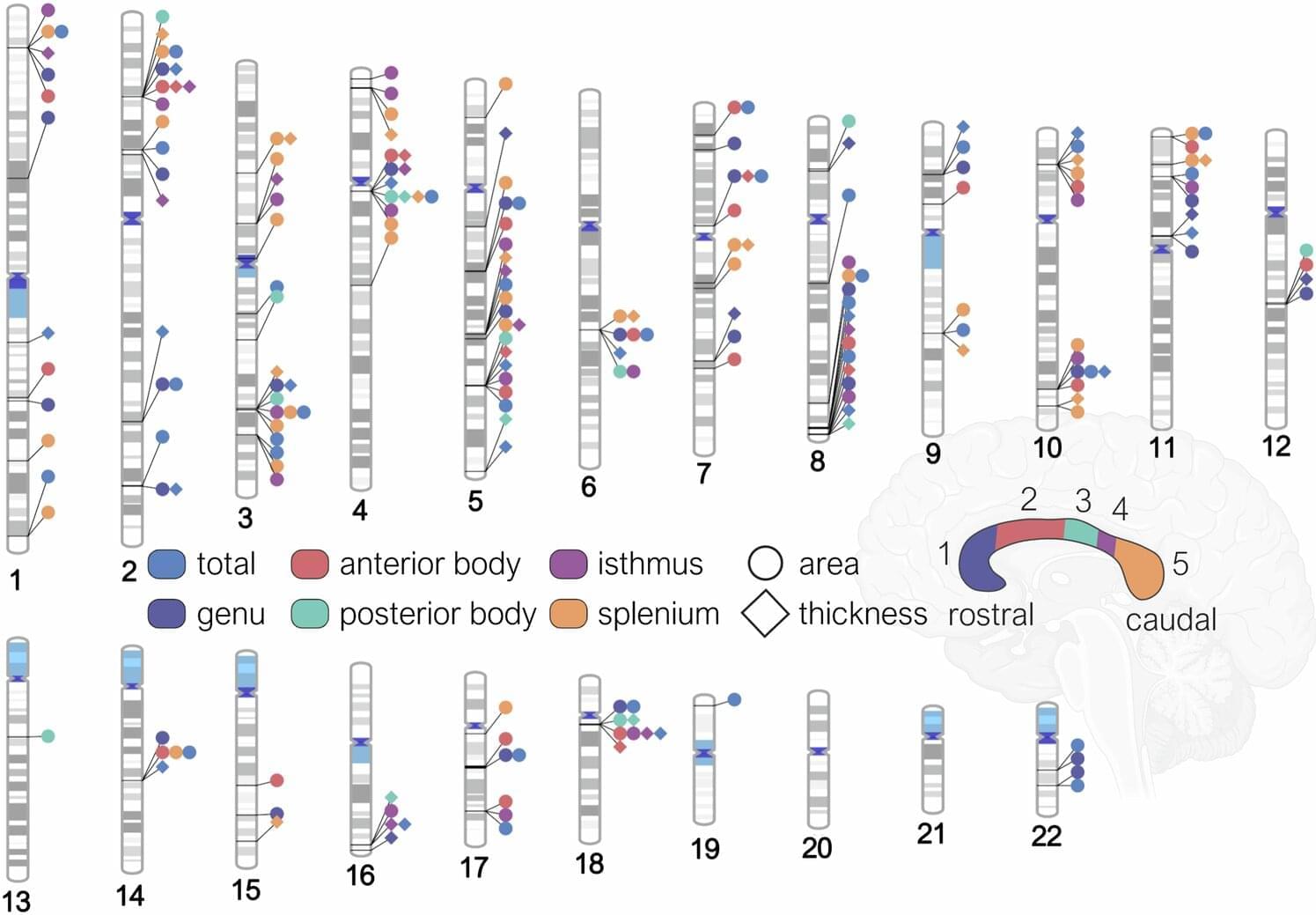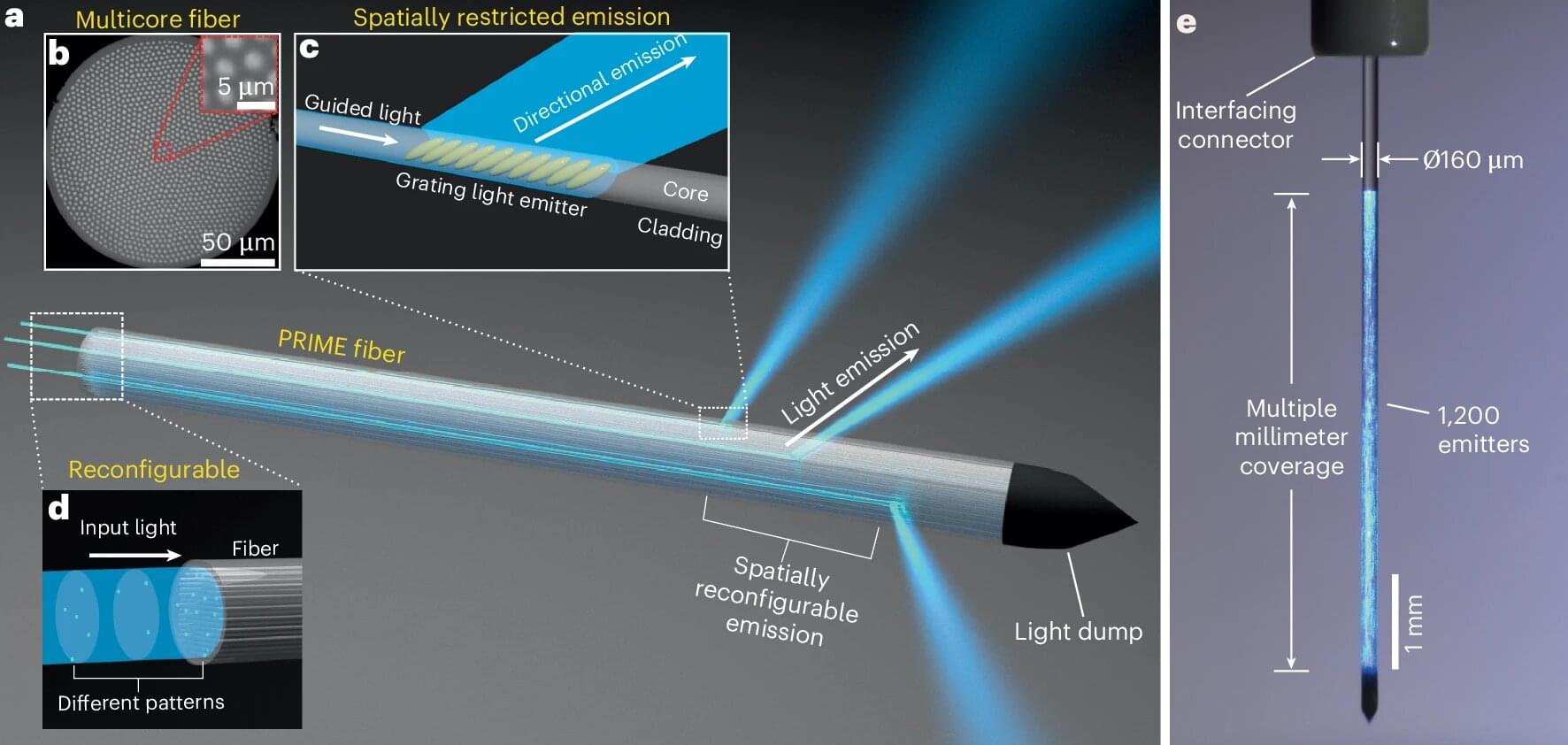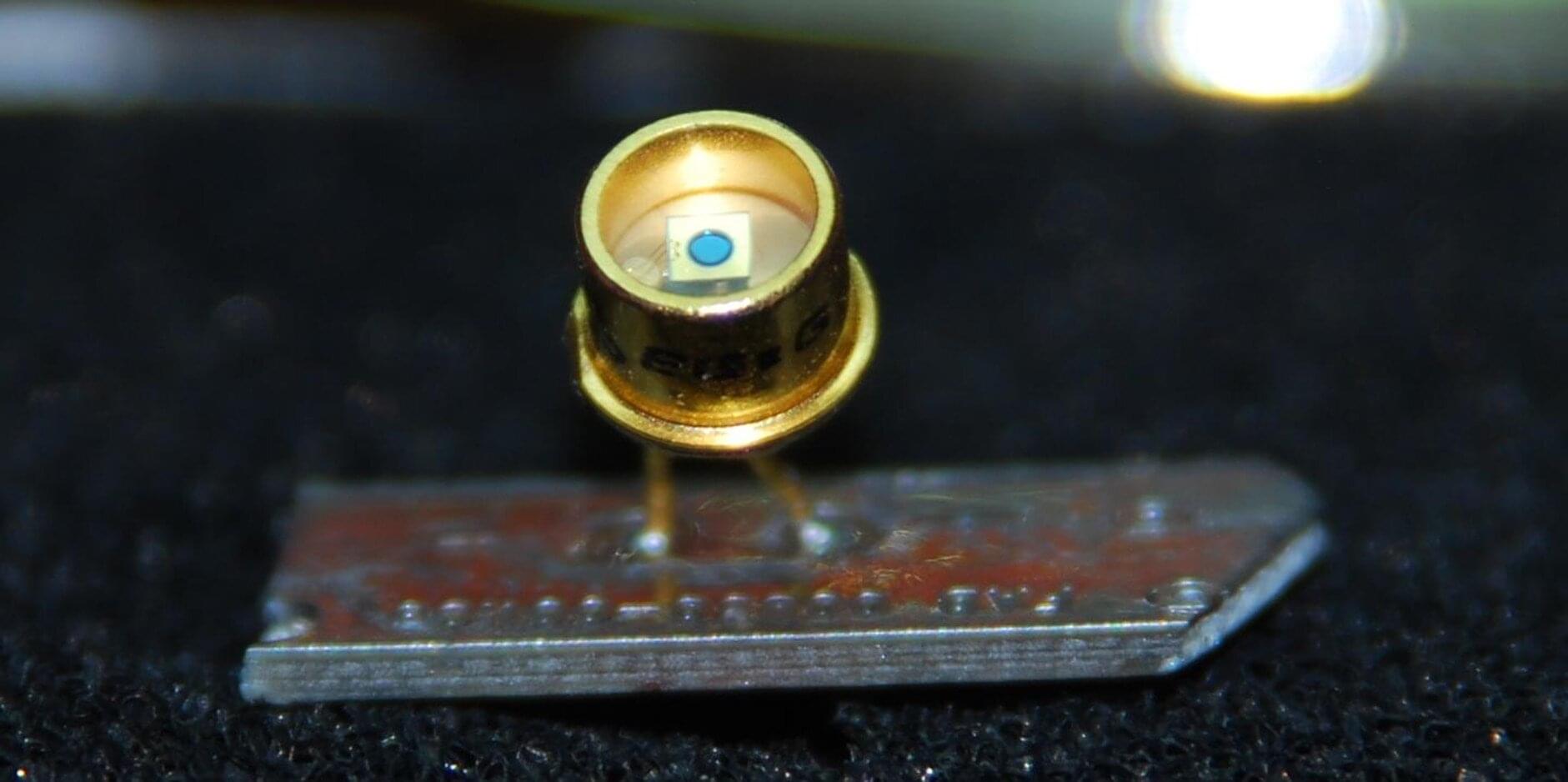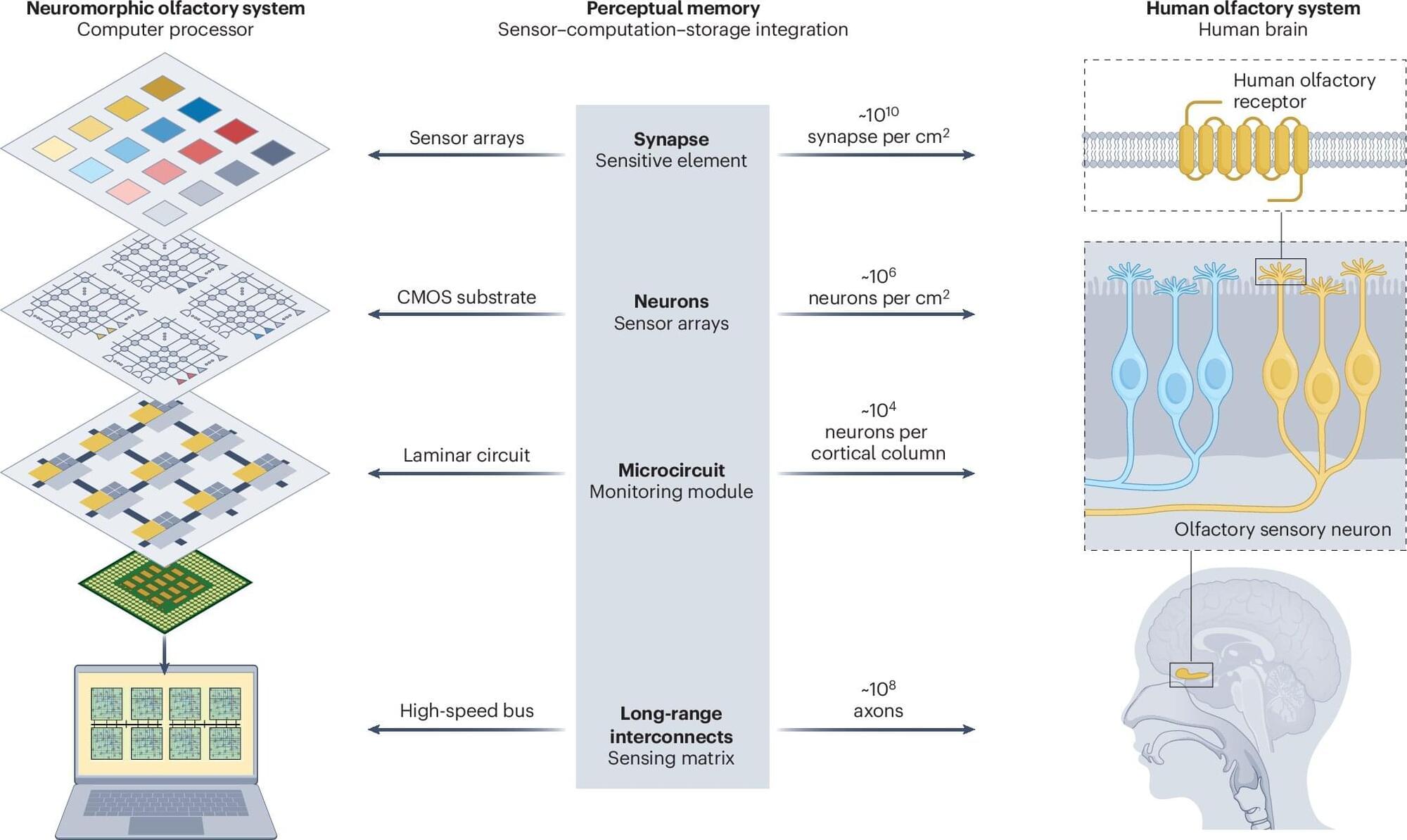Background Although voting is recognised as a social determinant of health, the association between electoral participation and subsequent mortality at an individual level has not been established.
Objective To assess whether voters and non-voters differ in mortality risk.
Methods We used register-based information on electoral participation in the 1999 parliamentary elections from the full electorate of at least 30-year-old Finnish citizens living in mainland Finland linked to registers containing sociodemographic and mortality information by Statistics Finland. Mortality was assessed with Cox proportional hazards regression models, with follow-up until the end of 2020 (n=3 185 572 individuals; 58 133 493 person-years; 1 053 483 deaths).
